Introduction
The spinach protein omelette is a culinary masterpiece that seamlessly blends nutrition, flavor, and convenience. This dish has surged in popularity among fitness enthusiasts, health-conscious individuals, and home cooks seeking a balanced meal. Combining the earthy richness of spinach with the protein power of eggs, this recipe offers a versatile canvas for culinary creativity. Whether you’re aiming to fuel muscle recovery, boost daily nutrient intake, or simply savor a delicious breakfast, the spinach protein omelette delivers on all fronts. This guide will explore the science behind its ingredients, provide a step-by-step cooking methodology, and offer actionable tips to elevate your omelette game.
The Nutritional Powerhouse: Spinach and Eggs
Spinach, often dubbed a “superfood,” is a leafy green powerhouse packed with vitamins A, C, K, and folate. It also delivers iron, calcium, and antioxidants like lutein and zeaxanthin, which support eye health. When paired with eggs—a complete protein source rich in essential amino acids, vitamin B12, and choline—the result is a synergistic blend of macro and micronutrients. For those seeking additional protein, incorporating whey or plant-based protein powder into the egg mixture amplifies the dish’s muscle-building potential without compromising taste.
Ingredients: Building Blocks of Perfection
Creating the ideal spinach protein omelette requires precision in ingredient selection. Below is a breakdown of the core components, along with substitutions and enhancements to suit dietary preferences:
- Eggs: Opt for free-range or omega-3-enriched eggs for superior flavor and nutritional value. For a vegan twist, substitute with chickpea flour or tofu scramble.
- Spinach: Fresh baby spinach is preferred for its tender texture, but frozen spinach (thawed and drained) works in a pinch.
- Protein Powder: Unflavored whey isolate or pea protein integrates seamlessly. Adjust quantity based on brand-specific serving sizes.
- Healthy Fats: Olive oil or avocado oil ensures even cooking and adds monounsaturated fats.
- Seasonings: Sea salt, black pepper, and a pinch of red pepper flakes or turmeric enhance flavor without excess sodium.
- Optional Add-Ins: Crumbled feta, diced tomatoes, sautéed mushrooms, or sliced avocado elevate complexity.
Equipment Essentials
Achieving omelette perfection hinges on using the right tools:
- Non-Stick Skillet: An 8-inch pan ensures even heat distribution and effortless flipping.
- Silicone Spatula: Prevents tearing during folding.
- Whisk: Aerates eggs for a fluffy texture.
- Cutting Board and Knife: For preparing fresh add-ins.
Step-by-Step Cooking Process

Prepping the Spinach
- Sautéing: Heat 1 teaspoon of olive oil in the skillet over medium heat. Add 1 cup of fresh spinach and stir until wilted (1-2 minutes). For frozen spinach, squeeze excess moisture to avoid a soggy omelette.
- Seasoning: Lightly salt the spinach to draw out moisture and enhance flavor.
Preparing the Egg Mixture
- Whisking: In a bowl, crack 3 large eggs. Add 1 scoop of protein powder (approximately 30g) and 1 tablespoon of water. Whisk vigorously until frothy (30-45 seconds). This aerates the eggs, creating a light texture.
- Seasoning: Incorporate a pinch of salt, pepper, and optional spices like paprika or cumin.
Cooking the Omelette
- Heating the Pan: Preheat the skillet over medium-low heat. Add ½ tablespoon of oil, swirling to coat.
- Pouring the Eggs: Pour the mixture into the pan, tilting to spread evenly. Cook undisturbed for 2-3 minutes until edges set.
- Adding Spinach: Sprinkle the sautéed spinach over one half of the omelette. Add cheese or other fillings now if desired.
Folding and Finishing
- Folding Technique: Gently lift the edge with a spatula and fold the omelette in half. Cook for an additional 1-2 minutes until the center sets but remains moist.
- Plating: Slide onto a plate and garnish with herbs, avocado slices, or hot sauce.
Customization: From Classic to Creative
The beauty of the spinach protein omelette lies in its adaptability. Experiment with these variations:
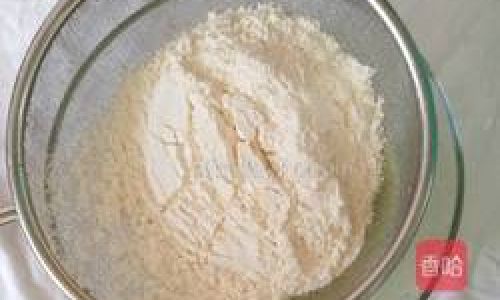
- Mediterranean Twist: Add sun-dried tomatoes, Kalamata olives, and feta cheese.
- Vegan Delight: Use chickpea flour batter and nutritional yeast for a cheesy flavor.
- Spicy Kick: Incorporate jalapeños, sriracha, or a dash of cayenne pepper.
- Low-Carb Option: Replace half the eggs with egg whites to reduce calories.
Nutritional Breakdown (Per Serving)
Assuming 3 eggs, 1 cup spinach, and 1 scoop whey protein:
- Calories: 220
- Protein: 28g
- Carbohydrates: 4g
- Fats: 12g
- Fiber: 2g
- Vitamins A (120% DV), Iron (20% DV), Calcium (15% DV)
Troubleshooting Common Pitfalls
-
Omelette Sticking to the Pan:
- Ensure the pan is adequately preheated and coated with oil.
- Avoid high heat, which can burn eggs before they release.
-
Rubbery Texture:
Overcooking is the culprit. Remove from heat while the center is slightly runny; residual heat will finish cooking.

-
Watery Consistency:
Overloading with wet ingredients (e.g., raw vegetables) causes sogginess. Sauté fillings first to remove moisture.
-
Uneven Folding:
Use a spatula to loosen edges before folding. Practice makes perfect!
Meal Prep and Storage
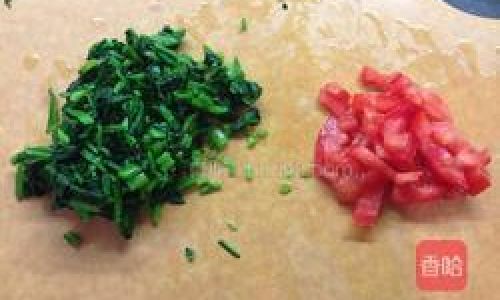
- Batch Cooking: Prepare omelettes in advance and store in airtight containers for up to 3 days.
- Reheating: Microwave on 50% power for 30-second intervals to retain moisture.
- Freezing: Wrap individually in parchment paper and freeze for up to 1 month. Thaw overnight before reheating.
The Science Behind the Perfect Omelette
Understanding the chemistry of egg proteins sheds light on cooking techniques. Eggs contain albumen, a protein that coagulates at 144–158°F (62–70°C). Cooking at medium-low heat ensures gradual coagulation, yielding a tender texture. Overheating denatures proteins, resulting in a rubbery omelette. Similarly, whisking incorporates air, lowering density and enhancing fluffiness.
Cultural Adaptations
While the classic spinach omelette has French origins, global variations abound:
- Italian: Ricotta and basil.
- Spanish: Potatoes and onions (tortilla Española).
- Japanese: Add dashi stock for a savory broth-inspired twist.
Sustainability Tip
Opt for locally sourced spinach and pasture-raised eggs to reduce your carbon footprint. Compost eggshells and wilted spinach leaves to minimize waste.
Conclusion
The spinach protein omelette is more than a meal—it’s a testament to the harmony of nutrition and flavor. By mastering the balance of ingredients, heat, and technique, you can create a dish that fuels your body and delights your palate. Whether enjoyed post-workout or as a leisurely weekend brunch, this omelette stands as a versatile, customizable staple in any kitchen. Experiment with fillings, adjust seasonings, and most importantly, savor each bite. Your journey to omelette perfection starts here.
Final Thoughts
As you embark on your culinary adventure, remember that practice enhances proficiency. Don’t fear occasional missteps; they’re stepping stones to mastery. Share your creations with hashtags like #ProteinOmeletteMastery and inspire others to embrace wholesome, delicious eating. Bon appétit!

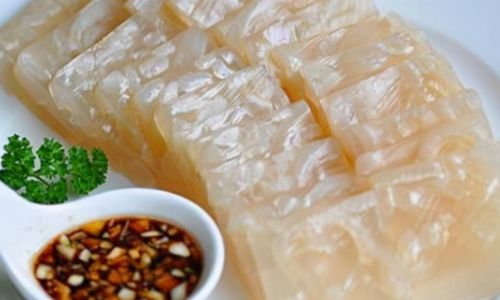
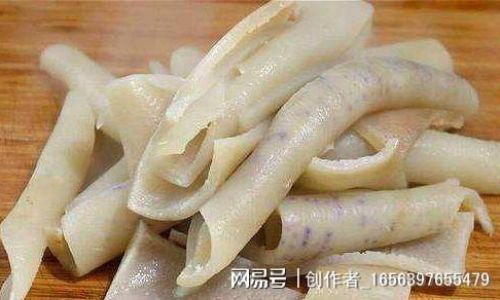
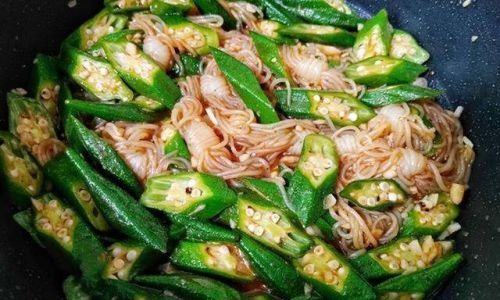
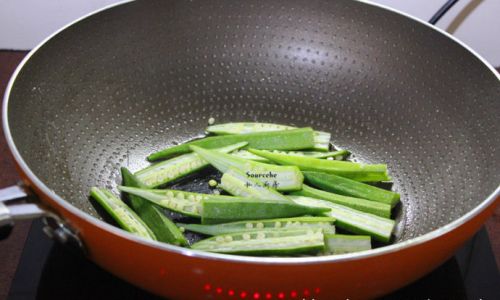

0 comments